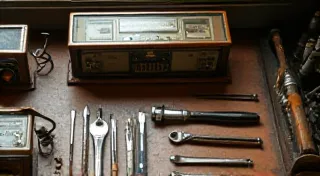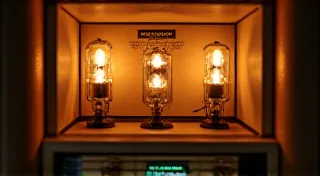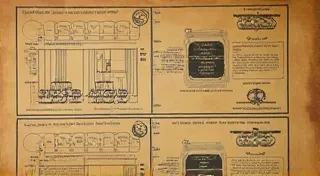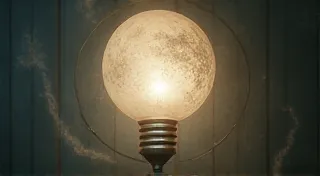Sourcing Antique Radio Parts: Where to Find Them
Restoring an antique radio is a deeply rewarding hobby, but finding replacement parts can be a significant challenge. Gone are the days when these components were readily available. Today, sourcing parts requires patience, persistence, and a little know-how. This guide will explore the best avenues for acquiring the necessary parts to bring your vintage tube radio back to life.
Online Retailers: A Convenient Starting Point
The internet has revolutionized the antique radio parts market. Several online retailers specialize in components for vintage electronics, offering a wider selection than most local stores. While convenient, these sites can sometimes be pricier, so comparison shopping is key.
- Specialty Radio Parts Suppliers: These are dedicated businesses focused on radio repair parts. They often carry a broad range of tubes, capacitors, resistors, knobs, dials, and other essential components.
- eBay and Similar Auction Sites: eBay is a treasure trove for antique radio enthusiasts. You can find individual parts, entire radios for parts, and even collections of radio memorabilia. Be sure to carefully review seller feedback and item descriptions.
- Online Forums & Marketplaces: Many online forums dedicated to antique radio restoration feature classifieds sections or marketplaces where members buy, sell, and trade parts.
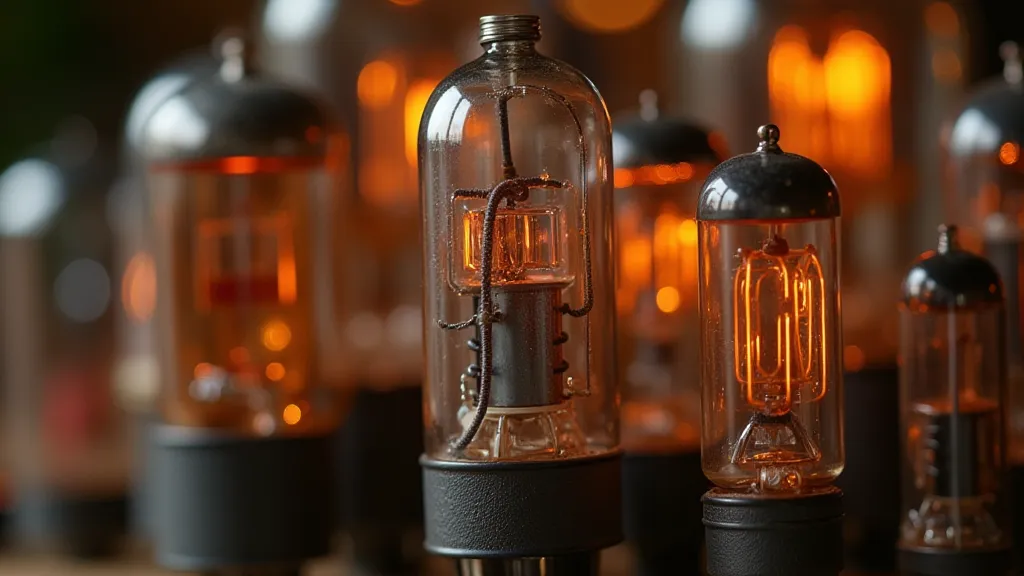
Antique Stores & Flea Markets: Hunting for Hidden Gems
While not as reliable as dedicated online suppliers, antique stores and flea markets can occasionally yield surprising finds. You might stumble upon a box of old radio parts, a vintage knob, or even a whole radio in need of repair. It requires a keen eye and a willingness to dig through piles of items.
Always inspect parts carefully before purchasing. Check for physical damage, corrosion, or signs of wear. If you're unsure about a part's suitability, don’t hesitate to ask the seller for more information or to decline the purchase.
Fellow Enthusiasts: Sharing Resources and Knowledge
The antique radio community is incredibly supportive. Joining online forums or local radio clubs is a great way to connect with other enthusiasts who may have spare parts or be willing to trade. These communities often have extensive knowledge and can offer valuable advice on sourcing specific components.
Don’t be afraid to ask for help! Many experienced restorers are happy to share their expertise and help you locate hard-to-find parts.
Understanding NOS (New Old Stock) and Reproduction Parts
When sourcing parts, you're likely to encounter terms like “NOS” and “reproduction.” Understanding the difference is crucial.
- NOS (New Old Stock): These are original parts that were manufactured during the radio's production era but never used. They're considered the gold standard for restoration as they maintain the radio's originality. NOS parts are often more expensive and can be harder to find.
- Reproduction Parts: These are modern recreations of original parts. They're often a more affordable and readily available option, especially for components that are no longer produced. While reproduction parts aren't original, they can be a reliable substitute if NOS parts are unavailable.
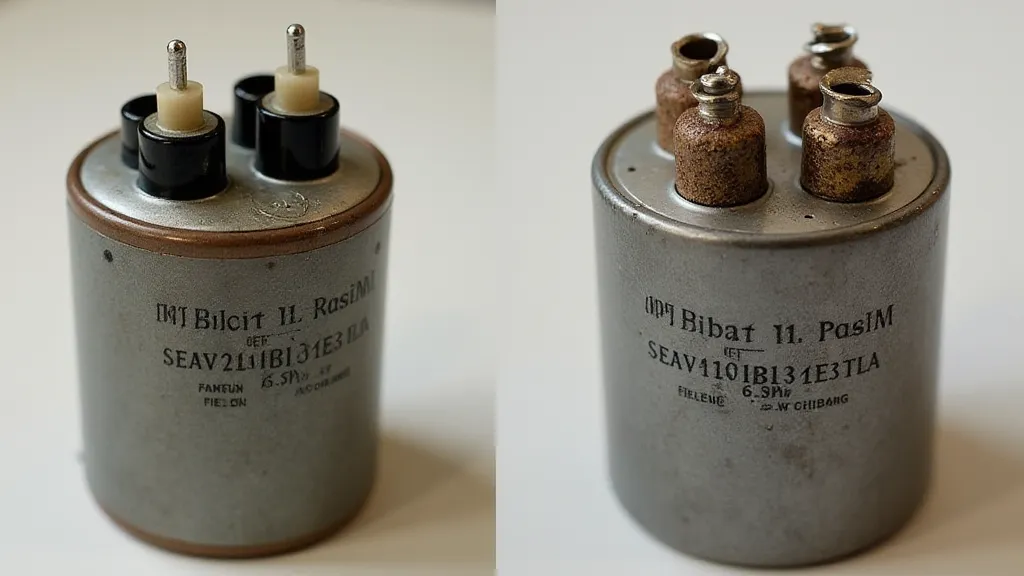
Important Considerations
- Part Identification: Accurately identifying the correct part is essential. Consult service manuals, parts lists, and online resources to ensure you're ordering the right component.
- Voltage and Current Ratings: Always verify that replacement parts have the correct voltage and current ratings to prevent damage to the radio.
- Safety: Working with antique radios involves potentially hazardous voltages. Take necessary safety precautions, such as disconnecting the radio from power before working on it and wearing appropriate protective gear.
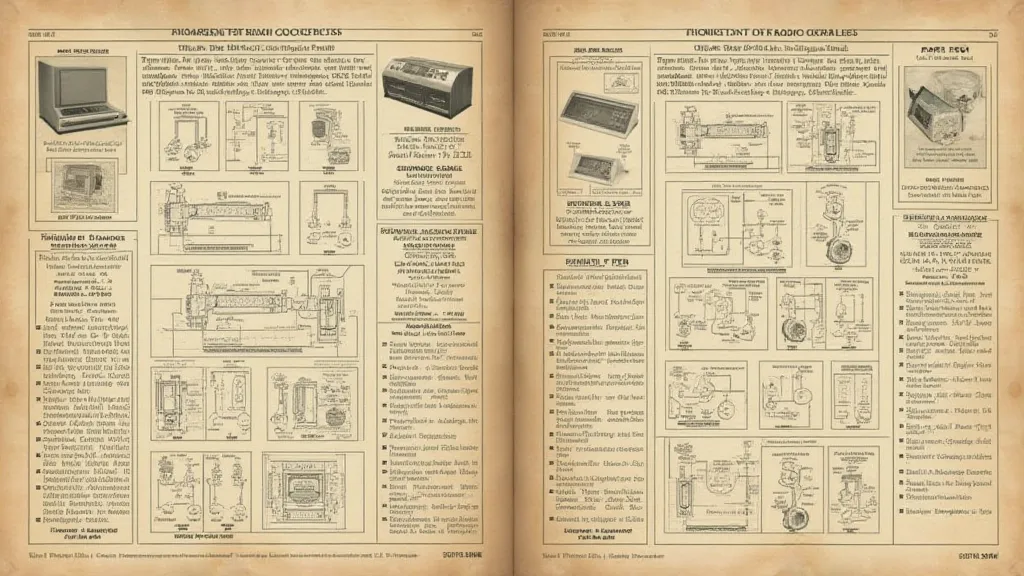
Conclusion
Sourcing antique radio parts requires dedication and research, but the rewards of restoring a vintage radio are well worth the effort. By utilizing online resources, exploring antique stores, and connecting with fellow enthusiasts, you can find the parts you need to bring your radio back to life and preserve a piece of history.
